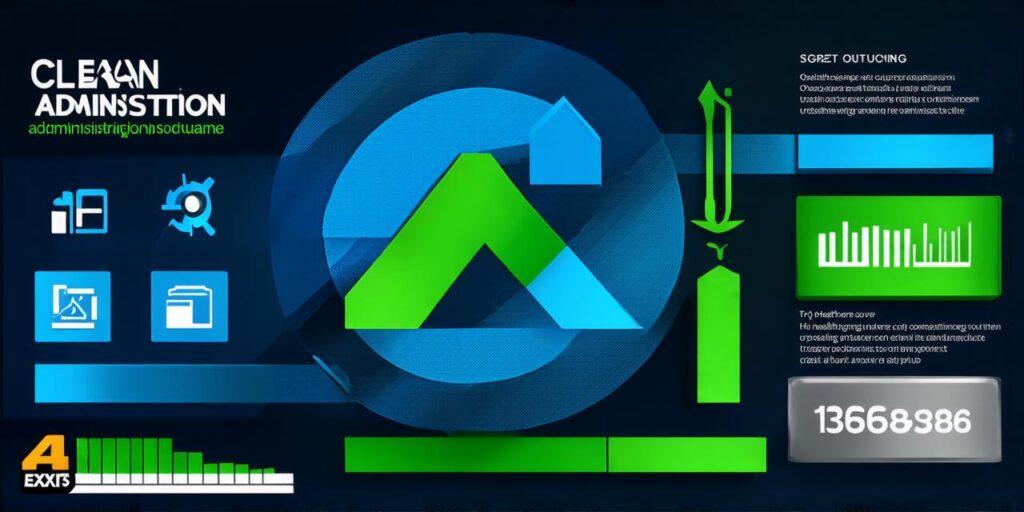
Plagiarism is a serious offense that can harm your reputation and result in legal consequences. As a development company, you understand the importance of originality and creativity in your work. To avoid plagiarizing someone else’s work, always make sure to give proper credit and rephrase their work whenever possible. You can also use tools like Grammarly or Turnitin to check for similarities between your writing and others’ work. Remember that plagiarism is never acceptable in any context, and it’s important to be honest and ethical when creating original content.
Copying Someone Else’s Work Verbatim
The most obvious form of plagiarism is copying someone else’s work word-for-word without giving them credit. This includes using their exact sentences, paragraphs, or even entire pages in your own work. This type of plagiarism is commonly referred to as “verbatim plagiarism.” For example, imagine a developer who copies and pastes a technical manual into their code without crediting the original author.

Not only is this unethical, but it’s also illegal under copyright law. In fact, even paraphrasing someone else’s work can be considered plagiarism if you use too many of their ideas or words in your own writing.
To avoid verbatim plagiarism, always make sure to credit the original author and rephrase their work whenever possible. You can also use tools like Grammarly to check for similarities between your writing and others’ work.
Using Someone Else’s Ideas Without Credit
Another form of plagiarism is using someone else’s ideas without giving them credit. This includes paraphrasing their work, citing them as a source, or referencing their ideas in your own writing. However, you must always make sure to give proper credit and avoid paraphrasing too closely.
For example, imagine a developer who creates a new software program based on an existing algorithm without crediting the original author of that algorithm.
Not only is this unethical, but it’s also illegal under copyright law. In fact, even referencing someone else’s ideas in your own work can be considered plagiarism if you don’t give them proper credit.
To avoid using someone else’s ideas without credit, always make sure to give proper credit and rephrase their work whenever possible. You can also use tools like Grammarly or Turnitin to check for similarities between your writing and others’ work.
Using Someone Else’s Content Without Permission
Another form of plagiarism is using someone else’s content without their permission. This includes copying their images, videos, audio recordings, or any other type of content.
For example, imagine a developer who copies and pastes an image from another website into their own project without obtaining permission from the owner of that image.
Not only is this unethical, but it’s also illegal under copyright law. In fact, even using someone else’s content with their permission can be considered plagiarism if you don’t give them proper credit or obtain their permission to modify or use it in any way.
To avoid using someone else’s content without permission, always make sure to obtain permission from the owner of the content and give proper credit whenever possible. You can also use tools like Google Images or TinEye to find and read other people’s work before using it in your own project.
Self-Plagiarism
Self-plagiarism is a form of plagiarism that occurs when you use your own work without giving yourself credit. This includes reusing your own writing, ideas, or content in a new context without changing it significantly.
For example, imagine a developer who submits a report based on their own research and presents it as someone else’s work.
Not only is this unethical, but it’s also illegal under copyright law. In fact, even referencing your own ideas in your own work can be considered self-plagiarism if you don’t give yourself proper credit.
To avoid self-plagiarism, always make sure to rephrase your work and give yourself credit whenever possible. You can also use tools like Grammarly or Turnitin to check for similarities between your writing and your previous work.
Plagiarizing in a Professional Setting
Plagiarizing in a professional setting is another form of plagiarism that can harm your reputation and result in legal consequences. This occurs when you use someone else’s work without giving them credit or changing the content significantly in a business or academic context.
For example, imagine a developer who submits a report based on someone else’s research without crediting the original author.
Not only is this unethical, but it’s also illegal under copyright law. In fact, even referencing someone else’s ideas in your own report can be considered plagiarism if you don’t give them proper credit.
To avoid plagiarizing in a professional setting, always make sure to properly cite any sources you use and rephrase their work whenever possible. You can also use tools like Google Scholar or JSTOR to find and read academic articles and papers that may be relevant to your work. Remember that plagiarism is never acceptable in any context, and it’s important to be honest and ethical when creating original content.
Summary
Plagiarism is a serious offense that can harm your reputation and result in legal consequences. As a development company, you understand the importance of originality and creativity in your work. To avoid plagiarizing someone else’s work, always make sure to give proper credit and rephrase their work whenever possible. You can also use tools like Grammarly or Turnitin to check for similarities between your writing and others’ work. Remember that plagiarism is never acceptable in any context, and it’s important to be honest and ethical when creating original content.


